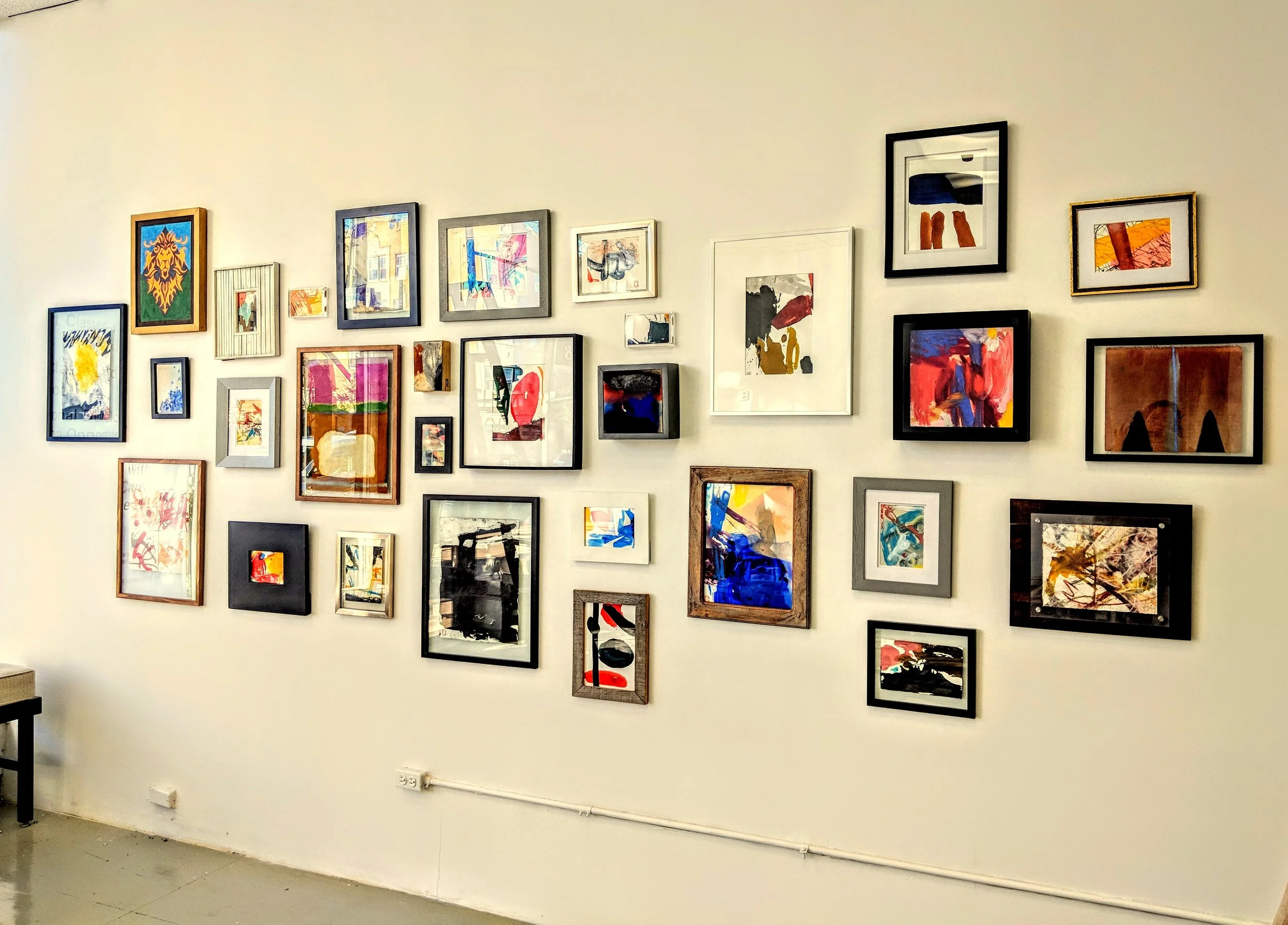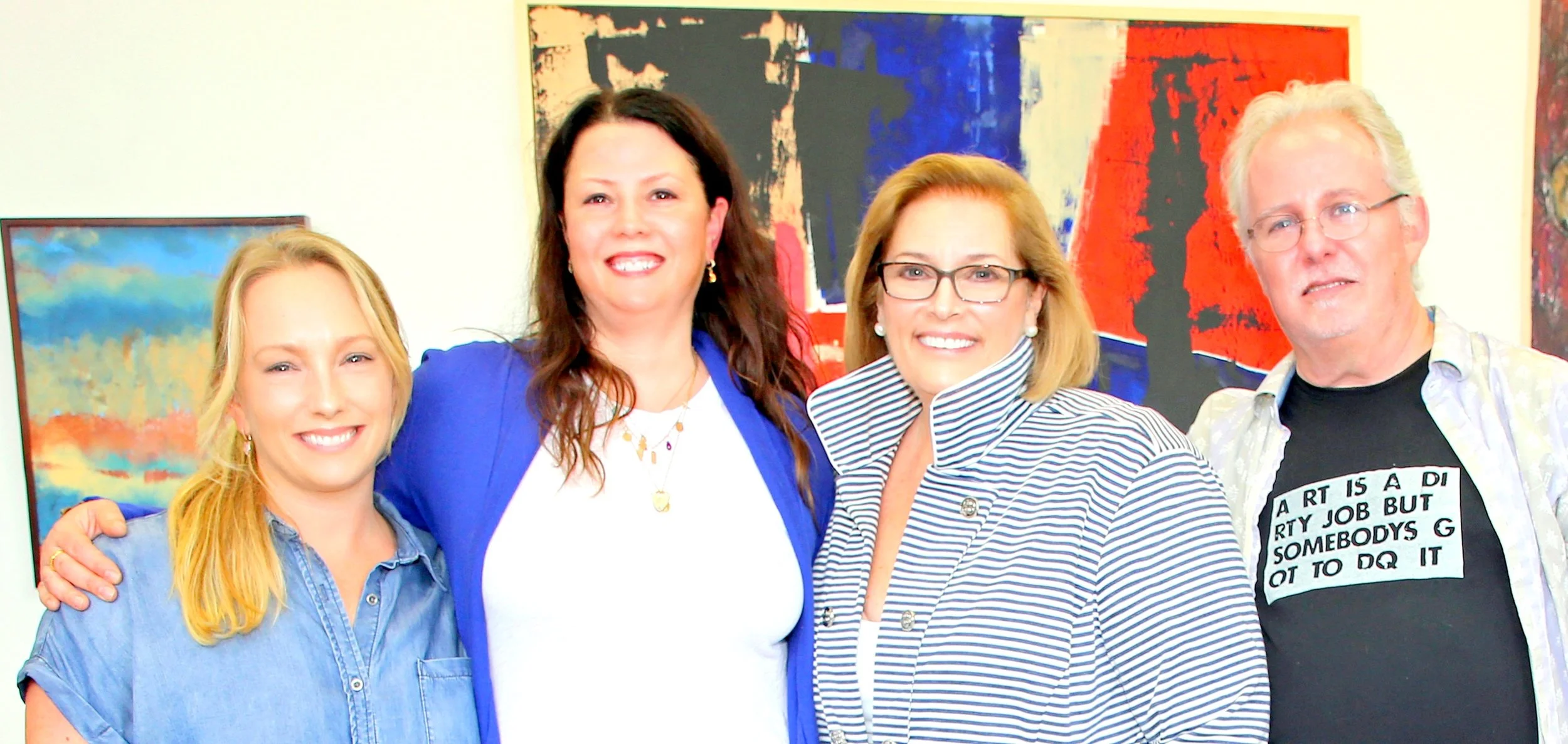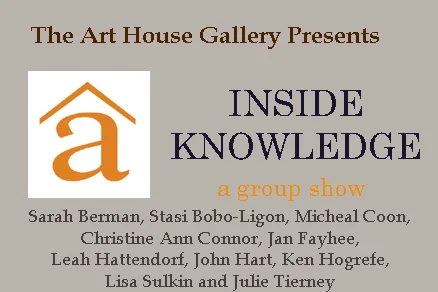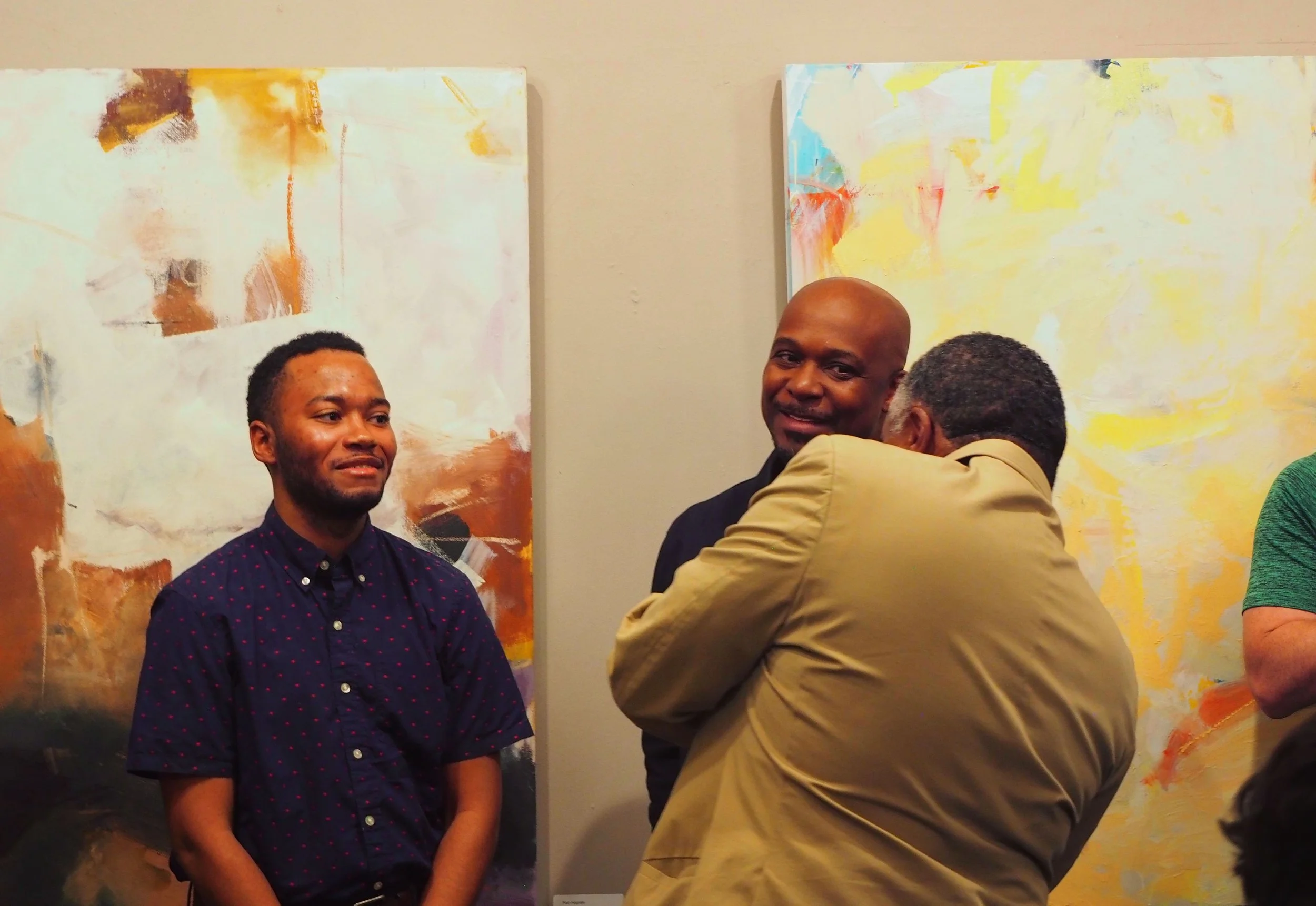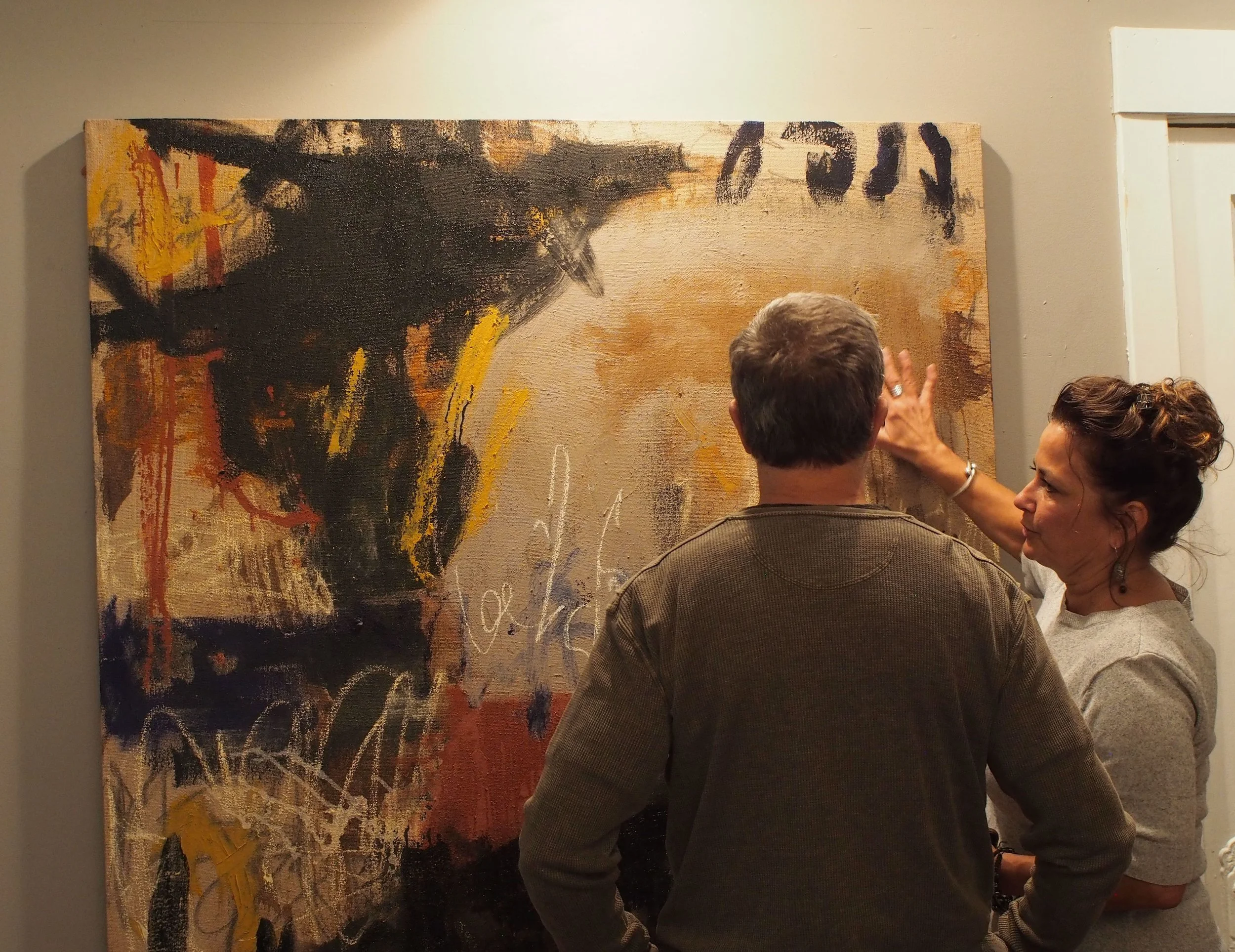Rebecca George’s “Turn the Other Eye” exhibition at Arts on Elston Gallery.
Q: Virginia Voedisch, you write in the catalog essay: “Coinciding with the animal-themed works are lush, figural paintings that more deeply probe the issue of identity and transformation.” In eeping with the ideas of identity and transformation, the exhibition takes place during the spring—a time associated with rebirth and renewal.
In your opinion, how does this transformational theme relate to George’s exhibition overall and to her newer works in particular?
A: Transformation plays an essential role in the exhibition. The show examines themes of transition between life and death through George’s animal works. It also reflects a personal transformation for the artist herself: the relationship with her animals as mother, guardian and caretaker.
Being an artist is to be immersed in transformation. In part this means transforming an idea into a visual image. It also refers to transforming as an artist—not only creating, but also learning how to manipulate your tools of expression. At the same time, there is the idea of bodily transformation: how we see our physical selves at different stages of our life; and determining whether our physical selves help or hinder us from our accessing our spiritual selves.
Q: Why is it important for some of George’s earlier rabbit pictures to be exhibited in conjunction with her newer works? How does this pairing advance the exhibition’s theme?
A: “Turn the Other Eye” is about George’s identity as a painter and person, according to Hogrefe. The souls she shares her life and space with are going to creep into her work. Dorrell shares a similar view, acknowledging George’s exploration of identity and connection to her animal companions are not separate experiences.
Both Hogrefe and Dorrell recognize how the artist’s incorporation of animals has evolved. George’s last show, “Have Many Rabbit,” was more straightforward, whereas the current show integrates animals into a larger narrative. “Reveal Thyself,” for example, is a meditation on the passing a particularly loved rabbit, Ollie, where Rebecca recasts herself in the funeral pose of her companion. Moreover, Dorrell adds that visitors will find companion rabbits or cats woven into the canvas of George’s figural paintings.
Q: Beth Borum, how do you envision visitors moving through the space and experiencing the exhibition?
A: Arts on Elston Gallery feels like you are walking through someone’s home. There is a sense of intimacy as you weave from room to room, viewing George’s work. Each room is anchored with work that confronts the visitor, albeit gently. The closeness of the walls where the art hangs offer solace and privacy as visitors look, interact and experience the George’s work.

